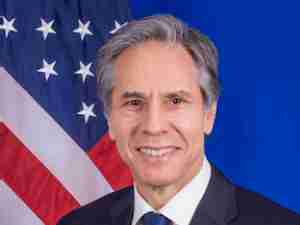Australia Vital Signs Show Stevens Can Pause as China Risk Rises
By: Michael Heath | Jan 31 2016 at 06:46 PM | International Trade
A stronger Australian jobs market and stimulus from a weaker currency give central bank Governor Glenn Stevens room to hold fire on further interest-rate cuts, even as his international counterparts scramble to calm markets upset by China’s slowdown.
Traders are pricing in a negligible likelihood Tuesday’s Reserve Bank of Australia policy meeting will produce a reduction in the record-low 2 percent cash rate and only two economists expect an easing. Market pricing of a possible cut later this year may reflect the perceived risks related to Australia’s biggest trading partner, China, rather than expectations the local economy will require further stimulus.
“The RBA has been comforted by recent strong jobs growth and business conditions,” said Paul Bloxham, chief Australia economist at HSBC Holdings Plc, who previously worked at the central bank. “However, inflation is low and forecast to stay subdued, leaving the RBA with scope to cut further.”
Since Stevens called for a “chill-out” period in November, further weakness in the Australian dollar has provided a tailwind for labor-intensive industries like tourism and education, creating jobs that offset those lost in mining. While concern about leverage and slower growth in China has only worsened, the price of iron ore, Australia’s biggest export, is stabilizing, and the economy last year recorded its biggest annual jobs gain since 2006.
Still, at a global level concerns remain. Equities gyrated wildly through the first half of January in response to anxieties over China and a slump in oil prices, before steadying in the last week as central banks signaled the ructions were on their radar. Bets the Federal Reserve will tighten again this quarter have dropped, while the European Central Bank indicated it could boost stimulus as soon as March and the Bank of Japan adopted negative rates.
“A Chinese meltdown would hurt Australia more than most and that’s why traders take out ‘Chinese’ insurance in relatively liquid Australian markets,” said Jarrod Kerr, a senior interest- rate strategist at Commonwealth Bank of Australia, explaining the bets for an Aussie rate cut later in 2016. “The risk of a Chinese implosion has risen dramatically over the last two years.”








